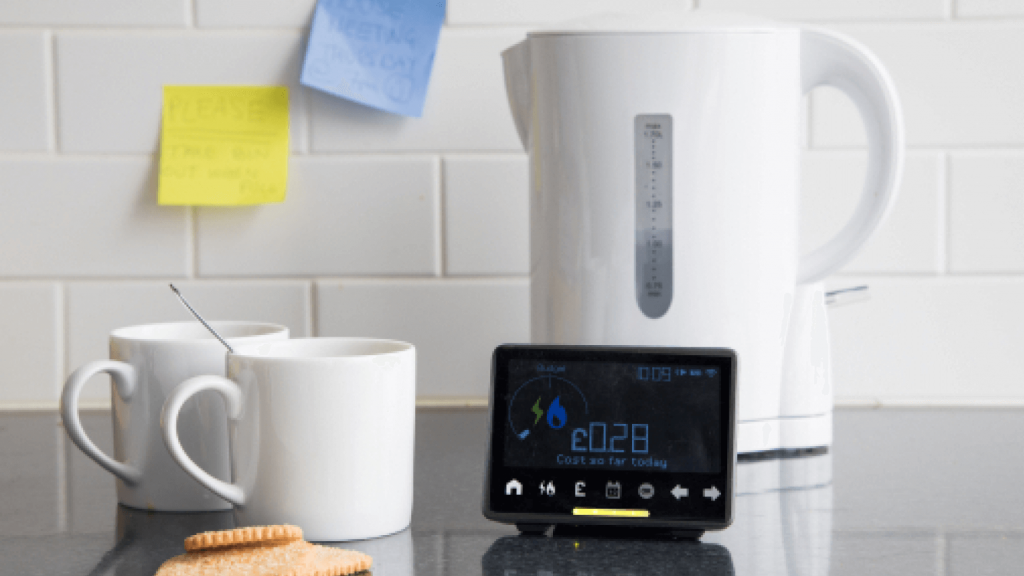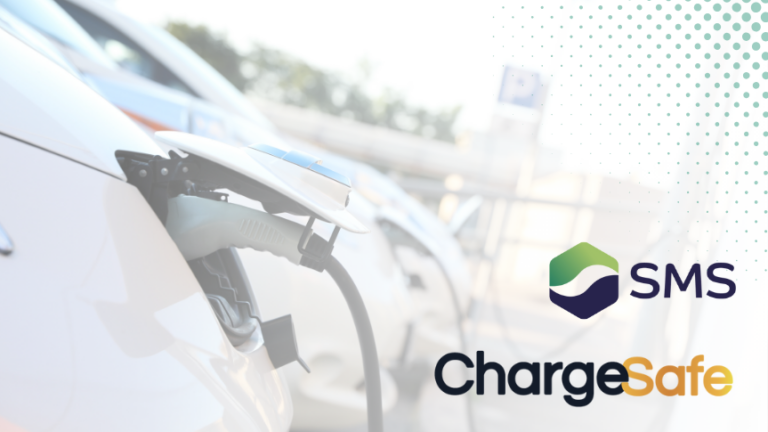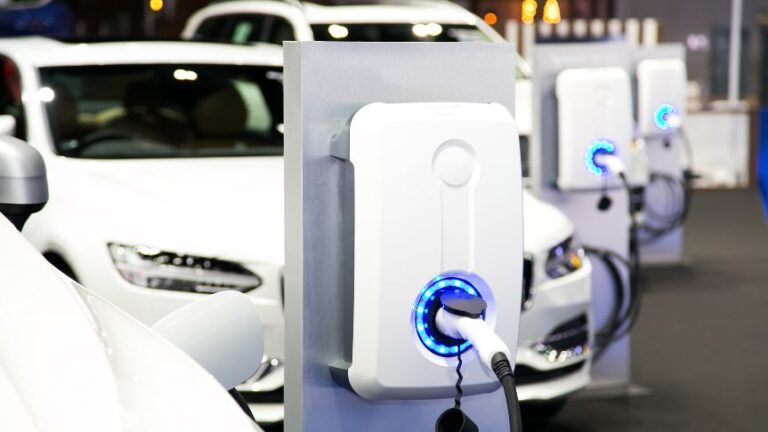Smart meters: paving the way for our future energy system

Far from just allowing us to understand our energy usage better, smart meters are in fact pivotal to a monumental digital transformation that will change our energy system forever.
Owing to the UK’s smart meter roll out, awareness of smart meters and the essential and immediate benefits they can bring to energy consumers is now at an all-time high. Indeed, according to Smart Energy GB, they have become part of our “national public consciousness”.
As many people can today appreciate, at the most basic level, smart meters serve to produce more accurate energy billing and enable consumers to better understand their energy usage, making it easier to alter behaviour to save energy and cut down costs.
However, smart meters have a much grander part to play in Britain’s future energy system.
That is to say, smart meter technology is a vital component in the realisation of the smart energy grid – the digital, interconnected national network that will provide us with a more modern, more efficient, and cleaner supply of power.
Put simply, the smart grid will utilise a range of new technologies – with smart meters at the very centre of this chain – to allow for two-way communication between consumers and the energy network, enabling real-time, automatic responses to changing electric demand.
There are a number of ways in which smart meters are set to make this concept a reality. Some are changes that are already underway, others which are currently under development – and are set to change the energy system as we know it forever.
Using smart data to match supply with demand
Thanks to the mass of data collected by smart meters, distribution network operators will be armed with more accurate figures on the country’s energy use, and in turn will be able to better match energy supply with demand.
As a result, operators will be able to play the role of the National Grid in balancing energy use but at a much more localised level. By more accurate tracking of electricity demand, the network will be also able to ensure generation is better prepared to match it, making for a more stable, efficient grid. This means less investment will be needed to fortify the grid through the raising of energy bills, ultimately lowering power costs for consumers.
Integration of renewable energy
Balancing the energy system – i.e. ensuring that demand is met by supply – is becoming ever more challenging as intermittent generation, such as wind and solar power, make up a greater proportion of our energy mix.
However, combining information on energy demand from smart meters with weather forecasts can allow grid operators to better plan the integration of renewable energy into the grid and balance their networks.
Enabling demand-side response
Smart grids won’t just empower operators to better balance demand, but everyday consumers too.
Currently, our system relies on sources of energy that can be easily turned up to meet peaks in demand. As it’s not possible to control the sun or wind in such a way, we have to rely on carbon-fuelled generation for constant back up.
Instead, by incentivising customers to use less energy when supply is low or demand is high, or use more – for example – when the wind is blowing, we will able to respond to demand better, as well as make more use of renewable, variable sources in place of carbon.
One way of doing this is through time-of-use tariffs. Smart meters facilitate this in the form of demand-side response; letting energy suppliers know accurate, real-time measures of demand, and notifying consumers when energy is cheap or expensive via visible price signals, so they can save as much power (and money) as possible.
Promoting green technologies
Time-of-use tariffs are just the beginning in terms of how consumers will be able to reap maximum benefit from the smart grid. Over the coming years, the development of smart technology will enable appliances to automatically switch on and off in response to demand and supply.
By connecting to the smart meter’s communication system – the Home Area Network (HAN) – other smart devices could receive prompts when demand is low or high and activate or deactivate themselves accordingly.
For instance, electric vehicles could be set to charge automatically when the sun is shining, or consumers could programme their washing machine or dishwasher to turn on or off depending on the level of demand and price of energy related to it.
Smart meters, working alongside these connected devices, microgeneration technology and battery storage, will also open up the possibility for consumers who produce their own energy to have control over exactly when they use their energy, when they store it, and even when they can export it to the grid for profit.
The opportunity for energy consumers to become energy prosumers doesn’t end there. Innovators are now envisaging that, at some point in the future when households and businesses are generating enough electricity to power themselves through renewable energy and local battery storage, a blockchain–based peer-to-peer energy trading system will also provide the option to sell any excess energy directly to neighbouring homes and businesses, and encourage more small scale, sustainable energy generation.
Delivering the future of smart energy
Trusted by the country’s leading energy suppliers to manage and introduce smart meters nationwide, we are proud to be part of the smart grid revolution, in which smart meter technology is integral.
As well as making for a more modern, more efficient, and cleaner energy network, Britain’s smart grid infrastructure is expected to deliver huge economic benefits in the UK, with an estimated potential of £13 billion of gross value added and £5 billion of potential exports by 2050, as well as creating over 9,000 jobs.
Our commitment to deliver next generation smart meters to homes and businesses isn’t the only way we are helping the country establish this future energy industry.
The smart grid – and the complicated new technologies and processes that come with it – will require a much greater need for energy services, as consumers look for help in adopting and managing new ways of using energy. Our energy management team have been helping consumers evolve with the changing energy market for over two decades, and are already help them adapt to the exciting new changes afoot.
Smart grid infrastructure will also need to be designed, installed and connected to the network – the rollout of EV charging points, for instance. We can help with that too.
Thanks to this rare breadth of expertise, we are uniquely placed to deliver the future of smart energy.
Find out more about the smart grid and how it works.


